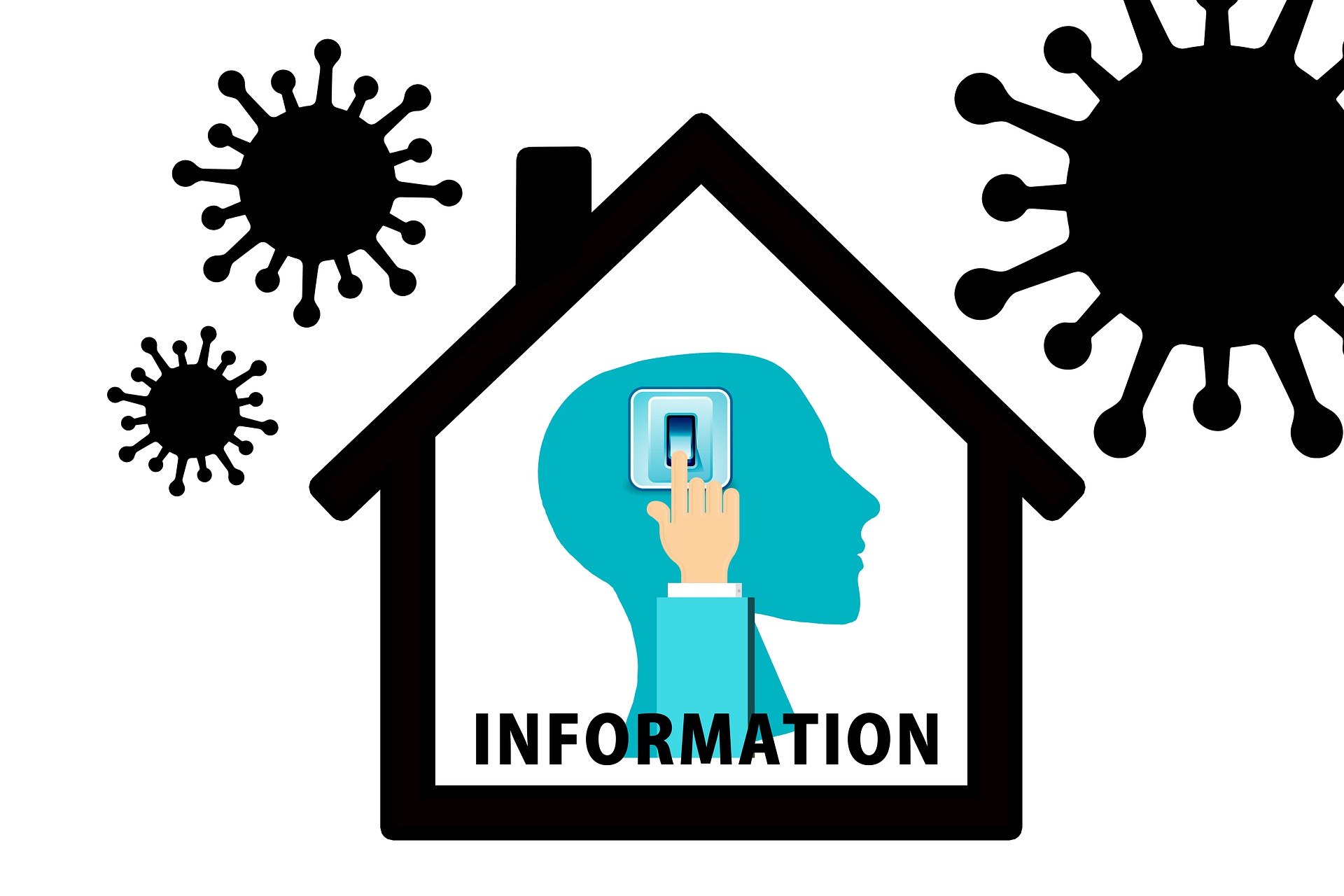Blog: What to Say, What to Send: Strategic Communications to Volunteers Amid the Pandemic

One of the most common topics of conversation these days with clients, colleagues, and the nonprofit community-at-large revolves around how much to say to, share with, and ask of volunteers during these challenging times. Volunteer engagement leaders are keenly aware that information is power and, in a world where our choices and activities have been severely limited due to health concerns, empowering volunteers with information is vitally important – yet many leaders are unsure of the best ways to communicate, what to share, and how often.
Communication Tips
A recent post about proactive communication during a pandemic by the Differentiation Zone was especially inspiring, with its recommendations to develop communications playbooks that emphasize Transparency, Versatility, Humanity, and Strategy. Those four concepts provide the perfect lens for our recommendations on communications with volunteers.
Transparency
Transparent communication provides honest, up to date, and timely information that people need to understand what is going on around them. Transparency in communication has been shown to increase trust, build relationships, increase productivity, and boost innovation among employees and we have seen the same effects with volunteers.
We know a few national organizations that have already convened conference calls between chapter or council presidents to hear firsthand from the CEO about the impacts of the COVID-19 crisis on the organization’s calendar, services, and fundraising. The meetings have been so well received that local chapters requested similar opportunities for their local volunteer teams.
Being transparent does not mean having all the answers. It means providing the information that you have at the time you have it and being open to sharing what you don’t yet know. In designing for transparency, consider what you know now about your organization’s services or programs as they relate to COVID-19 (specifically, which services and events are being continued, adapted, or suspended) and what you don’t yet know and be honest in sharing both.
Share what you can. It will build trust rather than erode it.
Versatility
The pace of change in this pandemic requires us to be versatile in our communications – as we can no longer rely on the traditional monthly email, not to mention the bulletin board in the volunteer lounge! We all must draw upon a diverse arsenal of communication tools to ensure that volunteers receive information in a timely and consistent fashion, including well-timed emails, phone calls when necessary, social media updates, and more.
Of course, Zoom calls have become the norm these days. Some clients have reported that shifting committee or board meetings to Zoom has, in fact, increased attendance and may be setting precedent for more flexibility in meeting formats for the post-COVID-19 reality. How can you use this unfortunate situation to pilot new communications tools that will be a foundation for future communication norms? (Considering teleconference calls but concerned about the tech savviness of senior volunteers? Check out this fabulous series of technology resource guides developed by Dorot and you won’t have to become a tech tutor yourself!)
Defined as the ability to move from one task to another – or adaptability – our versatility is certainly being tested through this crisis in more ways than just communications, as is the versatility of our volunteers. Volunteer opportunities are changing, schedules are evolving, protocols are being revised to keep people safe. With that in mind, we should communicate these changes to volunteers, as well as clearly outline the options that are available to volunteers so they can make informed choices about their involvement. Offer a clear list of options and directions on how to opt in – or out. Options may include:
- Staying engaged actively – but safely
- Taking on new roles remotely (virtually)
- Stepping back from active volunteering temporarily
- Participating in virtual training
And of course, volunteers should be able to communicate back to you their choices whether through a survey, profile update, or other means.
Humanity
As we continually tweak our protocols so we are NOT spreading this disease, nothing should stop us from spreading all the kindness that we can muster. Humanity is the third component of proactive communications. We should recognize that, just as we may be experiencing stress, anxiety, and fatigue from adjusting to new ways of doing business and concerns over the health and welfare of our families, friends, and community, so too are our volunteers. They may appreciate some friendly check-ins or a little bit of humor – or they may appreciate the space to step back for a while without penalty. We know of one orchestra that created a new volunteer status beyond the typical “active” and “inactive,” and deemed it “intermission.” Not only is this status on-mission but carries a more positive connotation than being considered “inactive.”
Humanity is recognizing people’s limitations. For example, online training may be attractive to some but overwhelming to others. During this crisis, we recommend that the only imperative is providing volunteers with a choice for how they engage, including whether they engage in training.
Strategy
Finally, our communications should be put through the lens of strategy. Consider these questions when designing your communications playbook. What information is necessary? What is mission-aligned? What will help move your engagement forward?
While we applaud the volunteer coordinators who are taking time to share funny memes and feel-good emails, we encourage everyone to ensure that communications include mission-related information and mission-focused stories of impact, as those will not only help volunteers stay connected to you but to your mission, as well, which is why they joined your org in the first place. As we approach National Volunteer Week, this is a great opportunity to not only update volunteers on the current situation, but also to reflect on the previous eleven months of impact and mission-critical work that volunteers have made possible. That’s being strategic.
Why communicate with volunteers?
While most engagement professionals are focusing on communicating effectively, there a handful who have been directed by leadership to “not be in contact” with volunteers. While we can surmise the reasoning behind such requests (e.g., limiting the workload of staff while on reduced schedules or avoiding setting expectations that the organization cannot be certain it can uphold), we, nonetheless, find that request a disturbing choice at best and a risky misstep at worst.
Volunteers are your partners. As board members, they are your leaders. With programs and departments, they are critical links to your clients, the face of the organization, and key collaborators with staff. In many cases, volunteers are also your donors (and it’s hard to imagine that any organization right now would cease communications with donors!). Volunteers have made the greatest investment of all in your organization: They have invested of themselves. As such, they deserve to be kept up to date about the organization and their options to a reasonable extent given the current circumstances.
Furthermore, it takes more time and money to recruit a new volunteer than to retain a current volunteer – even if that volunteer is on hiatus due to suspended services, to protect their health, or, likely both. The investment needed to maintain a relationship with current volunteers even amid the crisis is still far less than what it would take to recruit new volunteers when services resume, and volunteer needs go back up.
Finally, many organizations are engaging new volunteers right now, whether to replace volunteers who have had to temporarily step away or to fill new roles in response to the crisis. This is their introduction to your organizational culture. Take this opportunity to set good precedent around communications and information-sharing. Let’s start out on the right foot!
